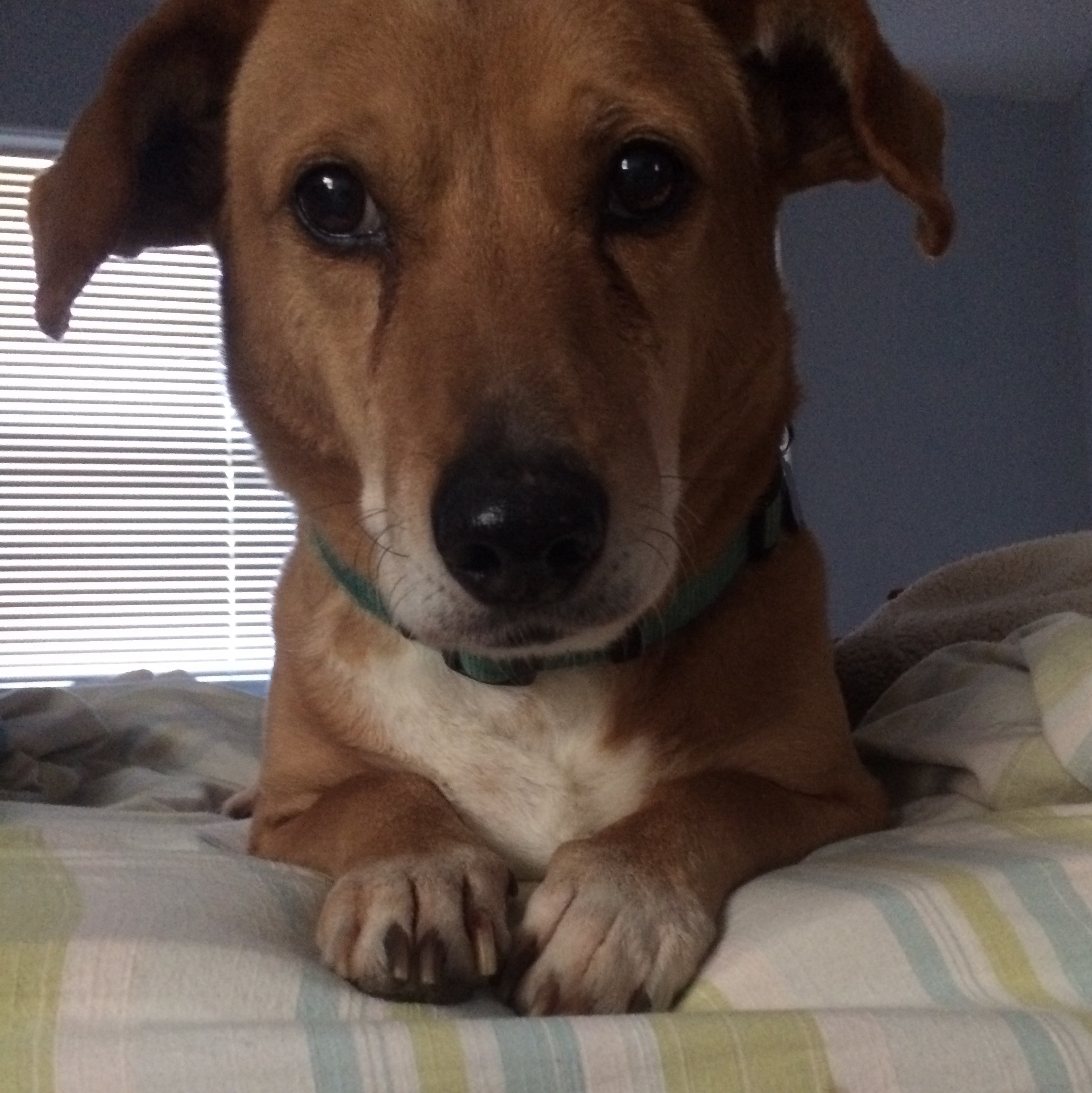Oregon, United States
Cakebread Cellars
Napa Valley Cabernet Sauvignon 1988
Presented to me double-blind at Tasting Group. The wine appears a garnet color with a near opaque core with significant rim variation; medium viscosity with moderate staining of the tears and significant signs of sediment. On the nose, the wine is vinous with notes of desiccated and ripe dark and red fruits: currants, plums, brambles, old leather, cigar box, and warm spices. On the palate, the wine is dry with medium tannin (integrated) and medium acid. Confirming the notes from the nose. The finish is medium.
Initial conclusions: this could be Cabernet Sauvignon (or based blend), Tempranillo, Grenache-based blend from the United States, Spain, France or Italy. I felt like this leaned more towards the fruit than the non-fruit character and/or structure. Additionally, the color and desiccated nature of the fruit leads me to believe this bottle has significant age. So, my final conclusion: this is a Cabernet Sauvignon (or based blend), from the United States, California, Napa Valley with 30+ years of age. We’ll call it 1985. Awfully close! Drink now. — 7 months ago



Mount Eden Vineyards
Santa Cruz Mountains Chardonnay 2019
Presented double-blind. The wine appears a straw color; medium viscosity with no signs of sediment. On the nose, the wine is developing with notes of orchard fruit: apples, lemon curd, nuts and lees. Lavishly oaked. On the palate, the wine is dry with medium+ acid. Confirming the notes from the nose. The finish is long and lovely. I called Chardonnay from the United States, California, Napa Valley 2019. So close! Drink now through 2029. — a year ago
Bryant Family Vineyard
Pritchard Hill Proprietor Grown Cabernet Sauvignon 1992
Presented to me double-blind at Tasting Group. The wine is a deep garnet color a near opaque core and some significant rim variation; medium+ viscosity with moderate staining of the tears and some signs of sediment. On the nose, the wine is vinous and showing some signs of maturity. There are fascinating notes of tart, ripe and dessicated black and red fruits: blackberries, black currants, tart red cherry, accompanied by some tobacco, cigar box, green bell pepper, some leather and beautiful baking spices. It smells like money (expensive, lavish oak treatment). On the palate, the wine is dry with medium+ tannins (well integrated) and medium+ acid. Confirming the notes from the nose with some coffee and cocoa also showing up to the party. The finish seems to go on forever. This is a very balanced wine in a very fun spot.
Initial conclusion: this could be a Cabernet Sauvignon or Cabernet Sauvignon-based blend, a Tempranillo or Sangiovese-based blend from the United States, France, Spain or Italy with 25+ years of age. However, the fruit was kinda the star of the show so, final conclusion: this is a Cabernet Sauvignon-based wine from the United States, from California, from Napa; vintage 1990. Ha!! 1992 Bryant Family!? Suhhhhweet! This is in the zone. Drink now through 2032. — 2 years ago
Château L'Evangile
Pomerol Red Bordeaux Blend 2006
Presented to me double-blind at Tasting Group. The wine pours a deep garnet color with a near opaque core and rust colored rim; medium+ viscosity with moderate staining of the tears and some signs of light sediment. On the nose, the wine is vinous with notes of ripe and drying fruits: lightly stewed blackberries, black cherry, plums, tobacco, dried green herbs, old fine wood, vanilla and warm spices. On the palate, the wine is dry with medium+ tannin and medium+ acid. Confirming the notes from the nose. The finish is long.
Initial conclusions: this could be Tempranillo, Malbec, Merlot (or based blend), or Zinfandel-based blend from Spain, Argentina, France or the United States. However, the staining was a bit much unless there was a lot of PS in the blend so I eliminated Zinfandel. I also didn’t think this was purple enough for Malbec. This left me with Tempranillo or Merlot and I felt that this leaned more towards its structure than fruit so I was leaning Spain or France with 15-20 years of age and from a solar vintage. Ultimately, I chose Tempranillo, from Spain, Rioja, Gran Reserva from 2006…from a quality producer like C.V.N.E. Yeah, I can see Pomerol. Shoot. This is stuff and ready to drink now and will drink well through 2032+. — 6 months ago

Nicolas Joly
Les Vieux Clos Savennières Chenin Blanc 2019
Presented to me blind at Tasting Group. The wine appears bright yellow with medium viscosity; no signs of sediment, gas or particles. On the nose, the wine is developing with ripe orchard fruit: stone fruits, lemons, white flowers, lanolin and minerals. On the palate the wine is off-dry with high acid. Confirming the notes from the nose. The finish is long and full of character. The alcohol is medium+. Initial conclusions: this could be Chenin Blanc, Riesling or Chardonnay from France, Germany or the United States. But I didn’t get any petrol so I eliminated Riesling and I don’t think you could get the balance of fruit and high acid from California Chardonnay (and the oak would probably be so pronounced). So I called Chenin Blanc from France, from the Loire, Vouvray Demi-Sec. Well…I should have known this could be Joly! Close…but some miles away from each other and I’d like to have the confidence to call producer in this case. Drink now through 2034. — 8 months ago

Stag's Leap Wine Cellars
S.L.V. Estate Grown Napa Valley Cabernet Sauvignon 1990
Opened a couple hours prior and served double-blind. The wine pours a deep garnet color with a near opaque core moving towards a slightly tawny rim; medium+ viscosity with moderate staining of the tears and some signs of sediment. On the nose, the wine is vinous with notes of desiccated and ripe fruits: cassis, brambles, pipe tobacco, old leather bound books, dried mixed flowers, warm spices. On the palate, the wine is dry with medium+ tannin and medium+ acid. Confirming the notes from the nose. The finish is long and rich. Initial conclusion is this is a Bordeaux-style blend from the United States or France but I felt this leaned more towards the quality of the fruit. So I called Cabernet Sauvignon-based blend from the United States, California, Napa Valley, 1986. Whoa…just about nailed it. This is showing very well. Drink now through 2030. — 9 months ago

Bodegas Numanthia
Termanthia Toro Tempranillo 2012
Presented double-blind at Tasting Group. The wine pours a deep ruby/purple color with a near opaque core; medium+ viscosity with significant staining of the tears. On the nose, the wine is developing with notes of ripe, mostly dark fruits: plums, black cherry, dark brambles, purple flowers, sweet tobacco, anise, leather, vanilla and baking spices. I believe this wine sees some new, small format oak. On the palate, the wine is dry with medium+ tannin and medium+ acid. Confirming the notes from the nose. The finish is long and the texture is smooth and luxurious. Alcohol is medium+. The wine is fairly well balanced.
Initial conclusions: this could be Merlot or a Merlot-based blend, Cabernet Franc (or based blend), Syrah, Tempranillo, Malbec or Carménère from the United States, France, Spain or Argentina. From my experience, I didn’t think it was purple or single-toned enough for Malbec. There wasn’t any rotondun or reductive qualities I usually get from Syrah; so I eliminated that as well. There weren’t enough pyrazines for Cab Franc. It left me with Tempranillo or Merlot and since this was lavishly oaked (I felt most new French oak), I veered towards Merlot and since it was leaning pretty heavily towards its fruit and the ABV was elevated, I was going New World instead of Right Bank. Final conclusion: Merlot or Merlot-based blend from the United States, from California, Napa Valley from 2015. Gosh dammit. I forgot about the possibility of Tempranillo from Toro. I totally get it but don’t hate my analysis or call. I’ve had Termes and Numanthia countless times but this was the first time trying Termanthia. It’s a big boy…but pretty well balanced considering the power. Drink now through 2032+. — 7 months ago
Louis M. Martini
Special Selection California Mountain Cabernet Sauvignon 1970
What were you doing in 1970? It’s what I always think of when I have a very elderly wine. It also is the question I ask friends I share older wine.
Some 1970 highlights. The number one song was Simon & Garfunkel’s, “Bridge Over Troubled Water.” The President of the United States was Richard M Nixon and one of the kindest friends I have known was born. Last but not least, the Napa Valley was just beginning to rise. Louis Martini was one of those pioneers!
This bottle has survived & flourished over those 55 years and is a fine piece of history.
Many would say this is past its prime and they wouldn’t necessarily be wrong. But I am one who appreciates wine on its still solid downslope. While on its decent, this bottling still shows nice fruit, complexity and elegance that just can’t be mistaken for good young wine w/ a long decant.
The nose shows a fig & date quality. Older, brambly; blackberries, black raspberry reduction, sweet & sour cherries, that slide into liquor, baked rhubarb, slightly overripe strawberries. Soft sandalwood w/ dry cedar tones, undertones of rusted metal, dry soil & crushed limestone, vanillin, very dry twig, old, slightly used tobacco, reminisce of dark spices, tomato leaf, sun tea, dry & withering dark & red flowers, understated violets w/ a sprinkle of potpourri.
The palate is still fresh & ripe; older, brambly, blackberries, black raspberry reduction, sweet & sour cherries that slide into liquor, baked rhubarb, slightly overripe strawberries, figs & dates. Soft sandalwood w/ dry cedar tones, undertones of rusted metal, dusty top soil & limestone gravel, dry river stone, crumbled, grey volcanics, cherry cola, vanillin, nutmeg, cinnamon stick, clove, very dry twig, old, slightly used tobacco, dark spices still w/ soft but impactful palate backbone, tomato leaf, sweetened sun tea w/ a spritz of lemon, dry & withering dark & red flowers, understated violets w/ a sprinkle of potpourri, excellent rainfall acidity with an elegant, round, balanced, well knitted, still tensioned, polished finish that falls on sandalwood, earth and spice that lasts 90 seconds.
12% ABV which I have said many times is my strong preference like w/ all amazing Clarets. I wish it had never changed. 92 on the wine, but a perfect 10 on the history scale. — 8 months ago


Vincent
Bjornson Vineyard Pinot Noir 2017
Presented double-blind at Tasting Group. In the glass, the wine pours a pretty ruby color with a transparent core; medium viscosity with no staining of the tears. No signs of sediment. On the nose, the wine is developing with beautiful notes of strawberry, cranberry, red flowers, mushrooms, forest floor, sandalwood, and eastern spices. On the palate, the wine is dry with medium tannin and medium+ acid. Confirming the notes from the nose. The finish is medium+. There seems to be some winemaking choices happening here with signs of whole cluster fermentation. Initial conclusions: this could be Pinot Noir, Grenache, Sangiovese or Gamay from either France, United States or Italy. Because I think the fruit is the star of the show, my final conclusion: this is Pinot Noir from the United States, Oregon, Willamette Valley, Eola-Amity, 2020 vintage. Sooooo close! The 2017 Bjornson Vineyard is in a really nice spot but has years to go yet. — a year ago




Her Mir Tage
1996 Domaine Armand Rousseau Clos de la Roche Grand Cru
Clos de la Roche, situated in Morey-Saint-Denis, is the most renowned and the largest Grand Cru vineyard of the village. Its terroir is consequently exceptional, yielding wines with striking acidity, remarkable concentration, and a structure that is powerful yet displays extraordinarily refined tannins. It is often considered one of Burgundy's most compelling wines, masterfully combining power with elegance.
The style neither mirrors the robust, muscular, and overtly powerful character typical of its northern neighbour, Gevrey-Chambertin, nor does it precisely replicate the extreme perfume, elegance, and delicacy that define its southern neighbour, Chambolle-Musigny. Instead, Clos de la Roche is the quintessential synthesis of strength and finesse—boasting a solid backbone alongside intricate depth of aroma and texture. Thanks to its pronounced acidity, one should not open a bottle without allowing for at least 15 years of ageing.
Upon opening, after 30 minutes the nose offered aromas of ripe black cherry, wild strawberry, sour plum, rose, and violet. After an hour, further notes of truffle, forest floor, leather, and spice developed. However, the minerality I expected remained elusive.
The bottle's condition was unfortunately not optimal. It lacked the sustained aromatic evolution and explosive bouquet I had anticipated. This fatigue and muted character were likely a result of its shipment from the United States. — 2 months ago